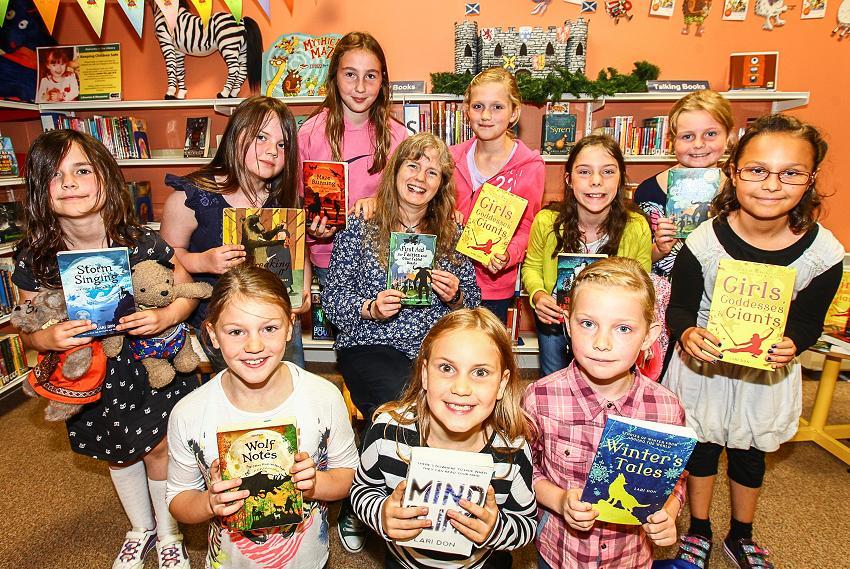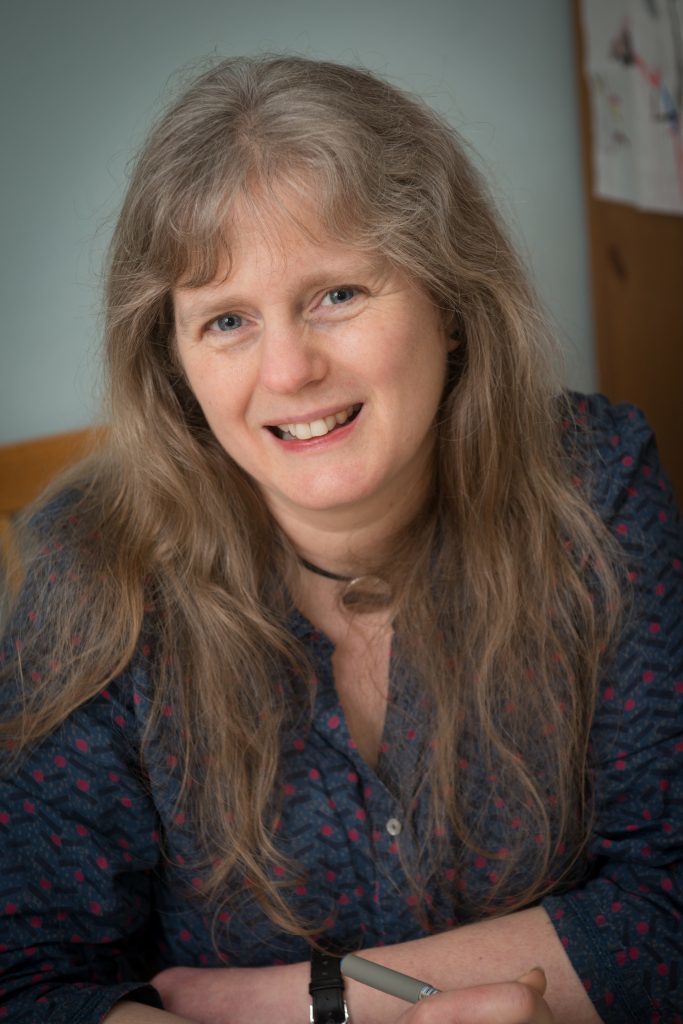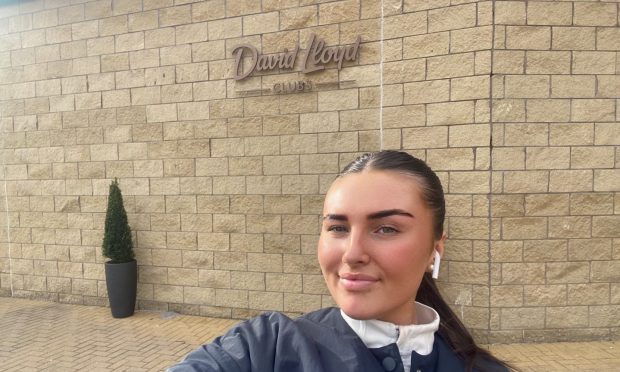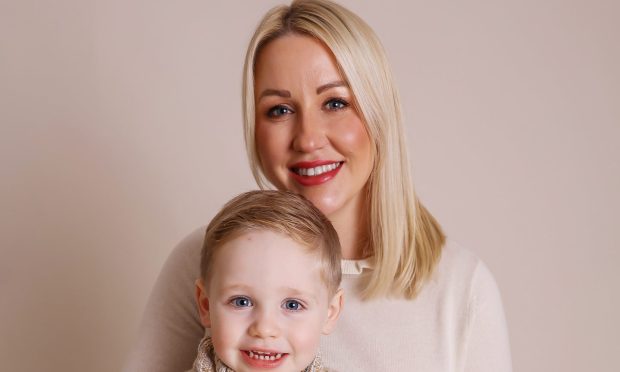It’s Scotland – but not as you know it. Author Lari Don has taken the place she grew up in and recreated a world of magic, adventure, danger and friendship for the first book in her new Spellchasers trilogy aimed at the eight to 12 age group.
Inspired by Scotland’s traditional folklore and legends, The Beginner’s Guide to Curses tells the story of a girl who is cursed to turn into a hare – a shapeshifter – and the magical beings and fabled beasts she meets as she tries to lift this curse.
“I grew up in Speyside, surrounded by fields, hills, rivers, trees, and many birds and animals,” says Lari.
“I did lots of walking, cycling, scrambling, climbing, hiding, building dens, creating paths and drawing maps. So when I started to write books, it seemed natural to write outdoor quests and adventures, for the age I was when I had the most freedom and the most fun.”
Lari has always loved hares. “They’re like superhero rabbits – bigger, more elegant and much much faster,” she smiles.
“I’d discovered stories about witches turning into hares and about witches enchanting other people to become hares, so the idea of becoming a hare, having the ability to run so fast, but also being so vulnerable to predators, has been leaping about in my head for years,” she continues.
Lari was shocked to discover that many of today’s children have never heard of hares and other animals and birds.
“That discovery prompted two decisions – firstly to slip a sentence describing a hare into each of the Spellchasers books, so my readers would know what was going on, and secondly to try to introduce kids to Scotland’s wildlife through a series of events,” says Lari.
Lari will be at the Loch of Lowes visitor centre near Dunkeld on Sunday October 23, at 3.30pm, talking about why she’s inspired by Scottish wildlife, how she researched the wild animals in this book and how the facts occasionally changed the magic of the story. “I’ll also be encouraging young readers and writers to come with their own wild adventures,” she adds.
The Beginner’s Guide to Curses is published by Floris Books, £6.99.
Wise up on wildlife
Brown hares are the fastest land animal in Scotland: they can sprint as fast as 45 mph, faster than a racehorse (or Usain Bolt).
When ospreys swoop down to catch fish in their talons, they close their nostrils to stop water getting up their beak.
Crows are very clever: they can use tools, count and remember the faces of people they don’t like!
Mountain hares turn completely white in the winter, to camouflage themselves in the snow – all except the black tips on their ears .
Toads’ warty skin oozes a mild poison, so they taste nasty. That’s why, not many predators eat toads.
Slow worms can be quite fast, and they aren’t either worms or snakes, they’re legless lizards!
Foxes don’t just eat rabbits and hares, they also eat snails, berries and spiders (and food dragged out of bins, if they live in a city).
Otter poo is called spraint, hare poo is called crottle and dried insect poo is called frass. (Lari has used two of those as names for minor villains in her novels.)











